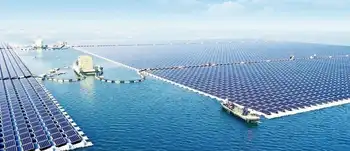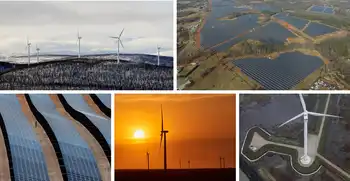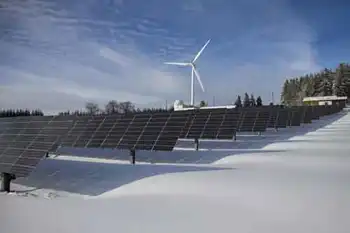CoalÂ’s hidden costs $345 billion: study
By Reuters
Protective Relay Training - Basic
Our customized live online or in‑person group training can be delivered to your staff at your location.

- Live Online
- 12 hours Instructor-led
- Group Training Available
Those costs would effectively triple the price of electricity produced by coal-fired plants, which are prevalent in part due to the their low cost of operation, the study led by a Harvard University researcher found.
"This is not borne by the coal industry, this is borne by us, in our taxes," said Paul Epstein, a Harvard Medical School instructor and the associate director of its Center for Health and the Global Environment, the study's lead author.
"The public cost is far greater than the cost of the coal itself. The impacts of this industry go way beyond just lighting our lights."
Coal-fired plants currently supply about 45 percent of the nation's electricity, according to U.S. Energy Department data. Accounting for all the ancillary costs associated with burning coal would add about 18 cents per kilowatt hour to the cost of electricity from coal-fired plants, shifting it from one of the cheapest sources of electricity to one of the most expensive.
In the year that ended in November, the average retail price of electricity in the United States was about 10 cents per kilowatt hour, according to the Energy Department.
Advocates of coal power have argued that it is among the cheapest of fuel sources available in the United States, allowing for lower-cost power than that provided by the developing wind and solar industries.
"The Epstein article ignores the substantial benefits of coal in maintaining lower energy prices for American families and businesses," said Lisa Camooso Miller, a spokeswoman for the American Coalition for Clean Coal Electricity, an industry group. "Lower energy prices are linked to a higher standard of living and better health."
The estimate of hidden costs takes into account a variety of side effects of coal production and use. Among them are the cost of treading elevated rates of cancer and other illnesses in coal-mining areas, environmental damage and lost tourism opportunities in coal regions where mountaintop removal is practiced and climate change resulting from elevated emissions of carbon dioxide from burning the coal.
Coal releases more carbon dioxide when burned than does natural gas or oil.
The $345 billion annual cost figure was the study's best estimate of the costs associated with burning coal. The study said the costs could be as low as $175 billion or as high as $523 billion.
"This is effectively a subsidy borne by asthmatic children and rain-polluted lakes and the climate is another way of looking at it," said Kert Davies, research director with the environmental activist group Greenpeace. "It's a tax by the industry on us that we are not seeing in our bills but we are bearing the costs."
The estimates came in the paper "Full cost accounting for the life cycle of coal," to be published in the Annals of the New York Academy of Sciences. Epstein discussed his findings on the Arctic Sunrise, a 164-foot-long 50 meter long icebreaker operated by Greenpeace, and moored in Boston Harbor.
Leading users of coal in the United States include utilities American Electric Power Co Inc and Duke Energy Corp. The top producers include miners Arch Coal Inc, Consol Energy Inc, Peabody Energy Corp and Alpha Natural Resources.











